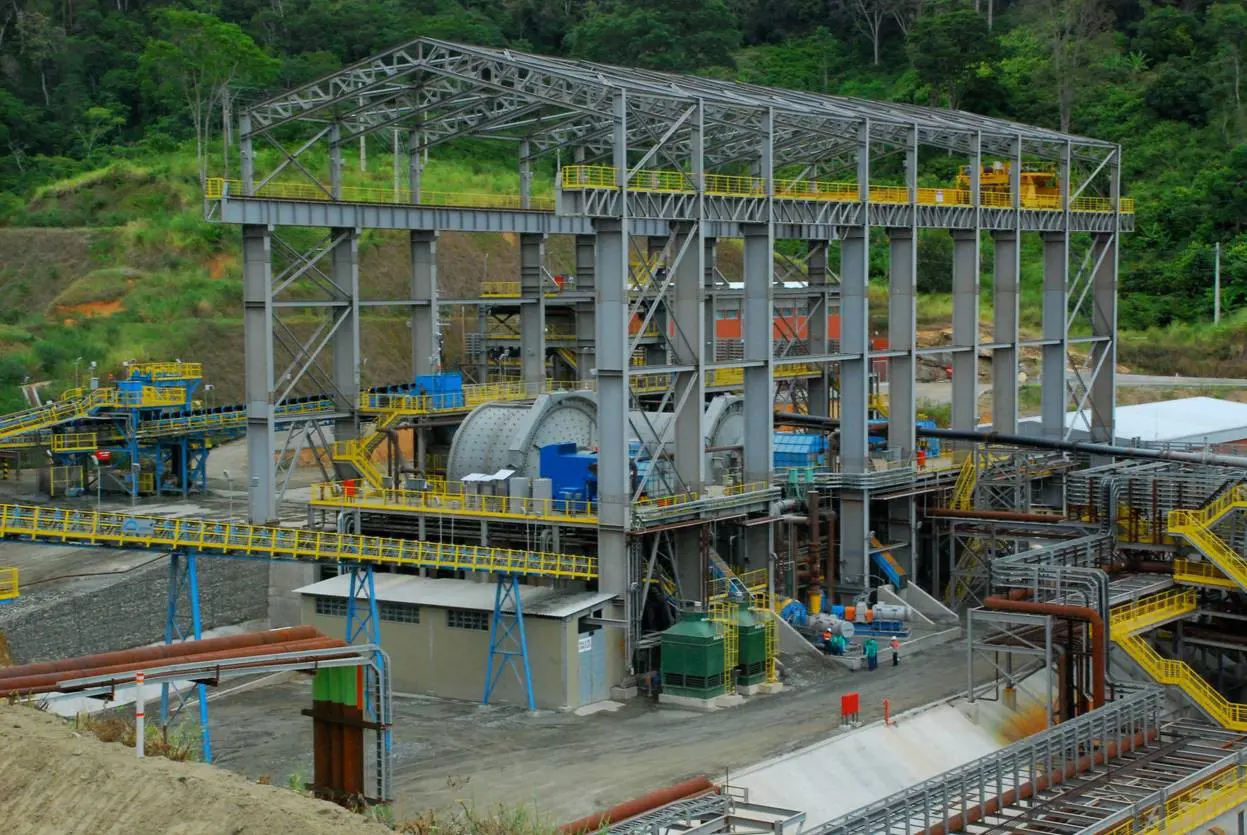In January 2008 SRK took on the role of Independent Engineer (IE) for the project financing for Mirabela Nickel’s Santa Rita project located in Bahia state, Brazil.
The Santa Rita project is an open pit mine with a conventional nickel sulfide concentrator. Initially, it was based on a proven and probable reserve of 84Mt with a grade of 0.61% Ni, mining 4.6Mt of ore a year and producing 17,000t of Ni concentrate, with a Ni grade of 13% plus Cu and Co by-products.
SRK’s initial IE report supported the project but flagged a number of risk issues and recommended subsequent follow-up work. The report was submitted to prospective lenders and in September 2008, SRK made presentations to selected syndicate members in New York and London. Letters of Commitment were due from lenders when the financial crisis hit, as the firm of Lehman Brothers failed. Needless to say, the project financing did not proceed.
Despite negative sentiment surrounding the financial crisis and rapidly declining metals prices, Mirabela took the bold step of continuing with project construction, albeit at a slower pace. Using equity funding, they initiated an expansion study to 6.4Mt a year, based on an increased reserve of 120Mt. In January 2009, SRK was engaged again to audit the new reserve and expansion plan. Mirabela successfully raised additional equity funding and procured bridging, offtake and trade finance to support continued construction activities.
SRK signed off on the new scope and cashflow model for the project in April 2009; funding for US$190M was successfully concluded with the first loan drawdown shortly thereafter.
Throughout the often painful process, SRK kept a close watch on developments at the request of prospective lenders and, while maintaining its independence, performed the role of devil’s advocate with the site team during regular site visits. The team’s response indicates they found this interaction invaluable.
The stalled financing, expanded scope, and lengthened construction schedule inevitably combined to increase project capital costs. Nevertheless, the project construction was successfully completed in October 2009 and the first concentrate was produced in November 2009. At the time of this writing, commissioning was progressing according to plan.

